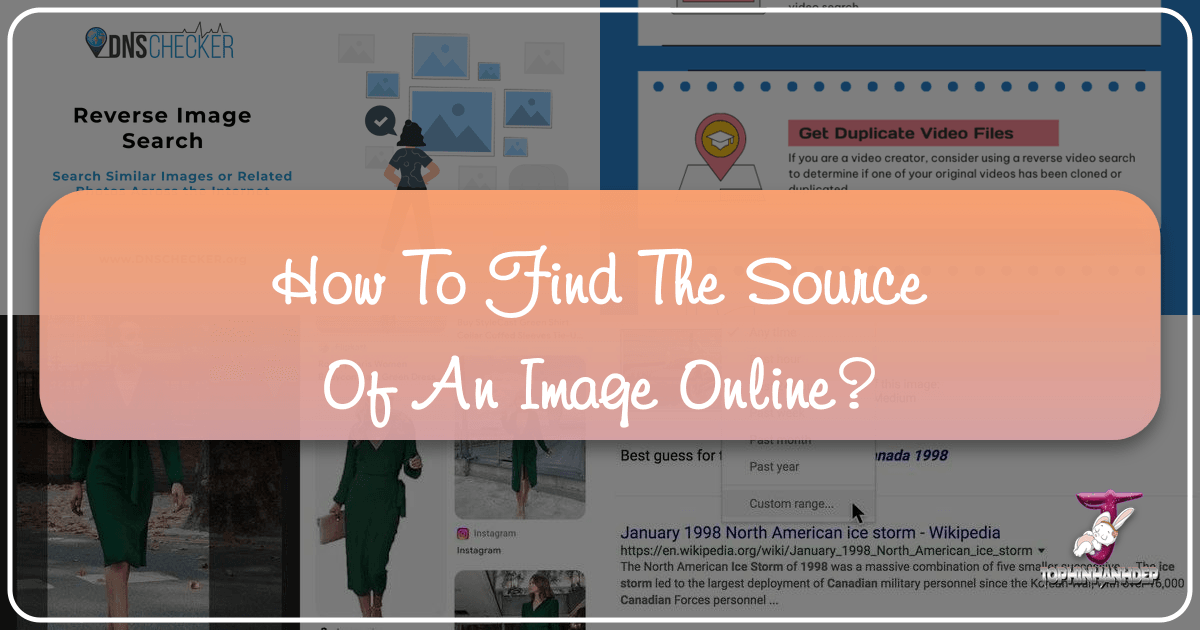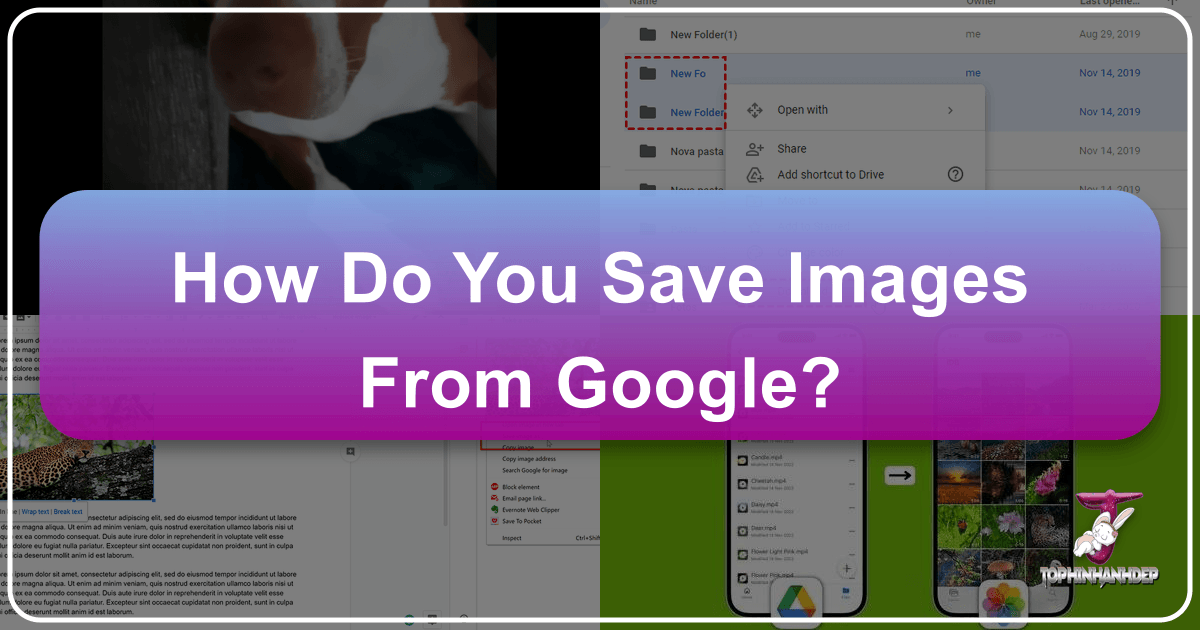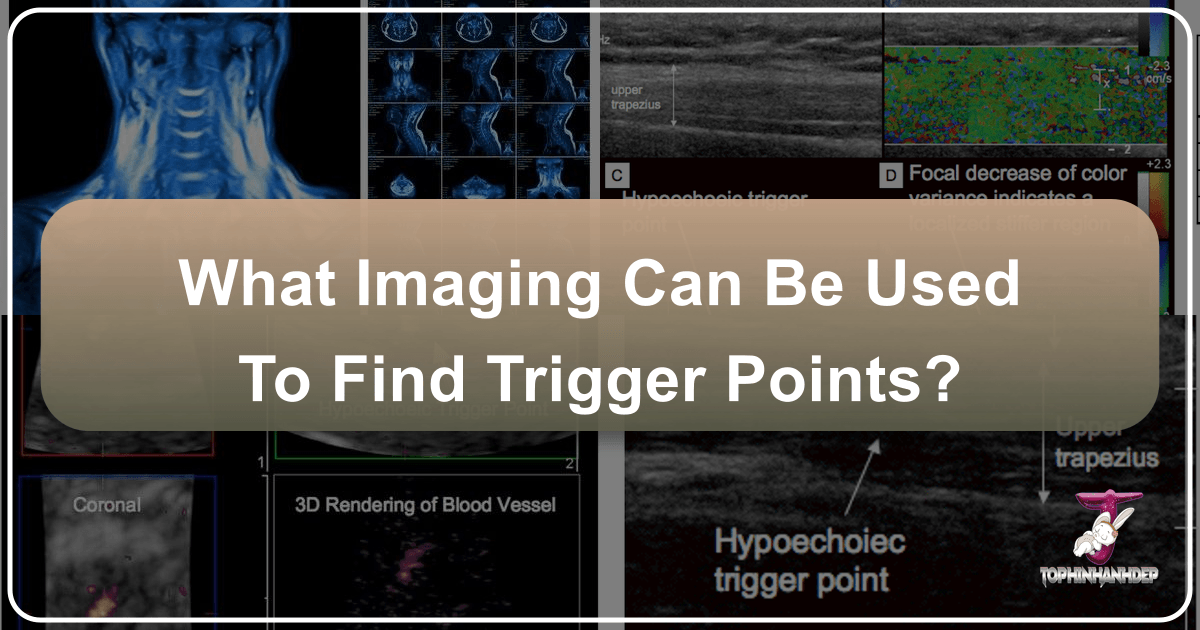How to Find the Original Source of an Image Online
In an increasingly visual world, where images often convey messages more powerfully than words, understanding the origin of the pictures we encounter is not just a matter of curiosity—it’s a critical skill. Whether you’re browsing Tophinhanhdep.com for stunning wallpapers, searching for the perfect background, curating aesthetic collections, or sourcing high-resolution photography for a professional project, you’ve undoubtedly stumbled upon an image that piqued your interest, sparking a desire to know more. Where did this captivating nature shot come from? Who created this intriguing abstract piece? Is this beautiful photography licensed for my visual design work?





